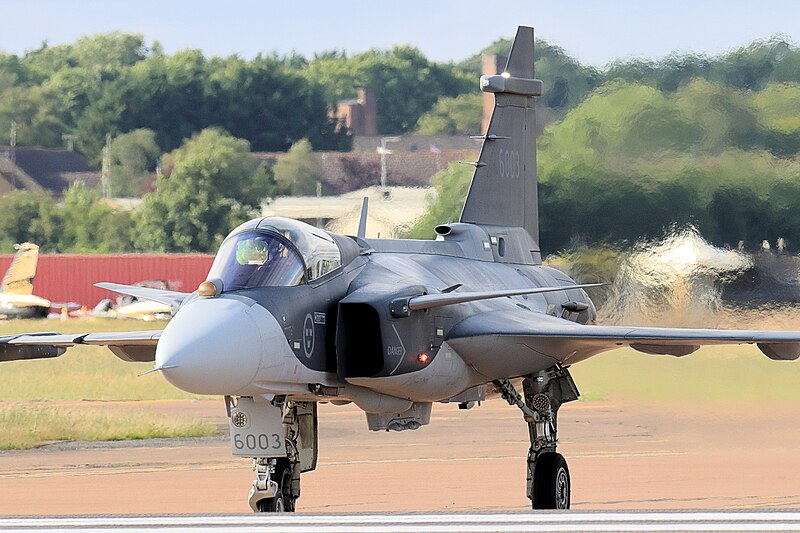
“Gripens are the best in the world,” said Ukrainian President Volodymyr Zelenskyy in Linköping this week, underlining what may prove to be a shift in the balance of airpower over Eastern Europe. The pronouncement came as Ukraine and Sweden signed a landmark letter of intent to supply up to 150 Gripen-E multirole fighters a proposed acquisition that could become Sweden’s largest-ever defense export and a transformative upgrade for Ukraine’s Air Force.
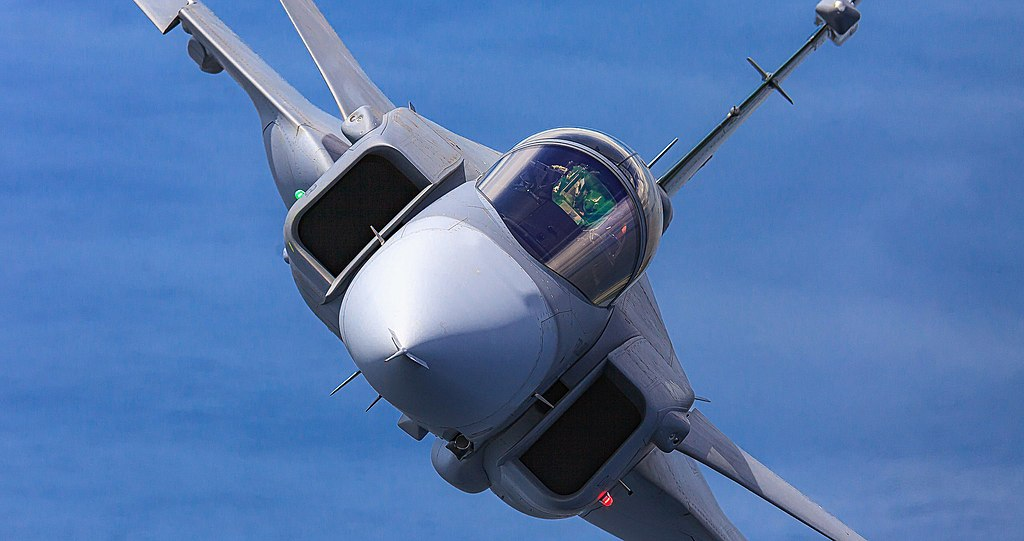
The deal is much more than just replacing aging Soviet-era jets, but rather a redefinition of Ukraine’s aerial doctrine in the face of Russia’s advanced missile and fighter capabilities. Purposefully designed from scratch with Russian-style threats in mind, the Gripen-E weaves together advanced sensors, electronic warfare systems, and dispersed basing operations into a coherent combat architecture. If delivered in sufficient numbers, it could push Ukraine from reactive air denial toward contested air control.
Here are seven core capabilities and strategic advantages that make the Gripen-E especially suited to Ukraine’s operational environment and possibly decisive in countering Russia’s air force.
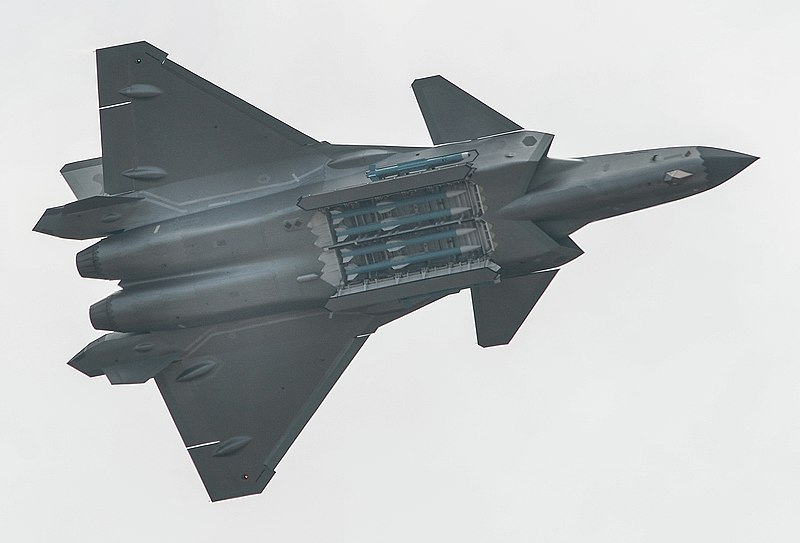
1. Sensor Fusion for Early Threat Detection
The Gripen-E’s Raven ES-05 AESA radar, mounted on a roll-repositionable antenna, extends its field of regard far beyond that of conventional fixed arrays. This allows for simultaneous air-to-air and air-to-ground tracking, which shortens sensor-to-shooter timelines. The Skyward-G IRST, passively detecting heat signatures, complements this vital for the detection of stealthy or low-emission targets. These systems enable Ukrainian pilots to detect and track Russian fighters or cruise missiles earlier, share targeting data across the formation, and decide whether to engage or remain passive. This architecture increases usable beyond-visual-range (BVR) opportunities and reduces vulnerability to standoff missile attacks.

2. Meteor Missile Superiority
Armed with the MBDA Meteor, the Gripen-E offers a no-escape zone far larger than legacy Russian R-77s. The Meteor’s ramjet sustains high speed deep into its flight, ensuring lethal energy even at extended ranges. That would mean Ukrainian pilots could engage Su-35s or Su-30SMs from standoff distances that force the VKS to alter tactics or accept higher risk. Compatibility with AIM-120 AMRAAM and IRIS-T allows the Gripen-E to tailor loadouts for diverse threat environments. Ten external hardpoints enable mixed air-to-air and precision strike weapons on the same sortie, allowing seamless transition from defensive patrol to offensive interdiction without reconfiguration.

3. Electronic Warfare as a Survival Tool
The Arexis EW suite provides 360° threat detection and countermeasures, including active jamming, towed decoys, and missile warning sensors. This capability can carve temporary corridors of reduced threat in dense SAM environments such as those defended by S-400 batteries, allowing ingress and egress at lower risk. By forcing enemy radars to emit, jamming missile seekers, and shifting between active and passive modes, Gripen-E formations can complicate Russian kill chains. Survivability here is not about stealth shaping it’s about outmaneuvering sensors and missiles through electronic dominance.
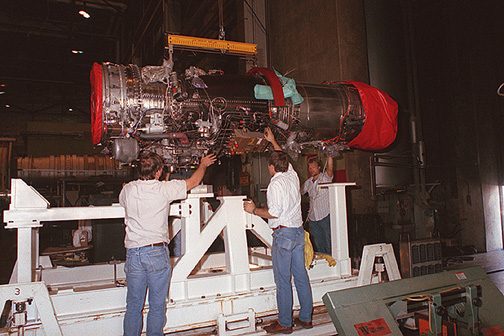
4. High Energy Manoeuvrability
Powered by the General Electric F414G engine, which produces approximately 22,000 pounds of thrust, the Gripen-E features rapid climb rates and good acceleration. The digital fly-by-wire system of this aircraft will enable high-G defensive maneuvers and high-angle engagements without overwhelming the pilot. Providing superior energy retention in dogfighting or during missile evasion, Ukrainian pilots will be able to dictate the terms of engagement by pressing the attack or disengaging under pressure. This agility is a critical edge in contested airspace against high-performance Russian interceptors like the MiG-31.
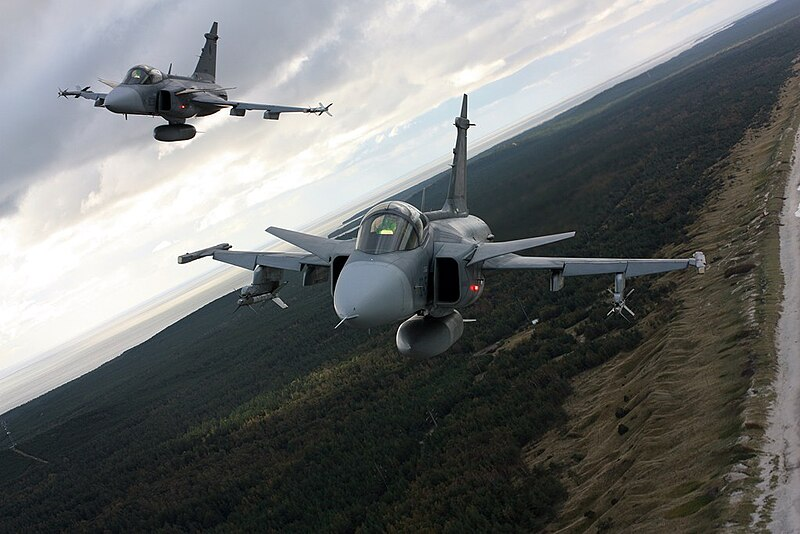
5. Dispersed Basing for Resilience
Designed to operate from highways and short strips, the Gripen-E can be refueled and rearmed in under 20 minutes by a small crew. In Ukraine, with airbases being frequent targets for cruise missiles and loitering munitions, dispersed operations reduce vulnerability and allow sortie rates to be sustained. This capability builds upon Cold War-era Soviet practices still in use by Ukraine, but modern efficiency makes it more difficult for Russia to degrade Ukraine’s airpower through strikes on airbases.

6. Multirole Precision Strike Capability
Beyond air superiority, the Gripen-E supports laser-guided bombs, GPS-guided glide munitions, cruise missiles, anti-radiation missiles, and the RBS-15 anti-ship weapon for precision strikes against command centers, radar sites, and logistics hubs. This capability for SEAD and switching roles right in the middle of a mission stands to give commanders great flexibility to respond to changing battlefield conditions without needing to change out aircraft or loadouts.

7. Sustainment and Operational Tempo
The Gripen-E features reduced maintenance hours per flight and dependence on large logistics hubs prime targets for Russian strikes thanks to its construction with modular systems and fast-access panels. High sortie generation rates translate into more aircraft taking to the skies each day, multiplying Ukraine’s capacity to deny airspace, protect ground forces, and conduct strikes. In long campaigns, availability becomes a force multiplier, directly influencing operational endurance. The philosophy behind the design of the Gripen-E-specifically, its advanced sensors, versatile weapons, robust EW, and dispersed operations-aligns well with Ukrainian wartime reality.
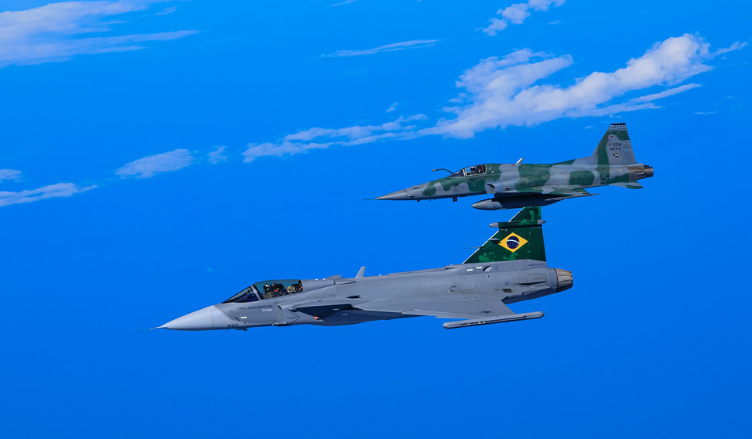
Delivery timelines, pilot training, and infrastructure adaptation remain challenges, but the potential this platform would have in shifting Ukraine’s air posture is clear. Backed by sufficient numbers and doctrine, the Gripen-E could enable Ukraine not just to survive in contested skies but to impose new tactical dilemmas on Russia’s air force.


